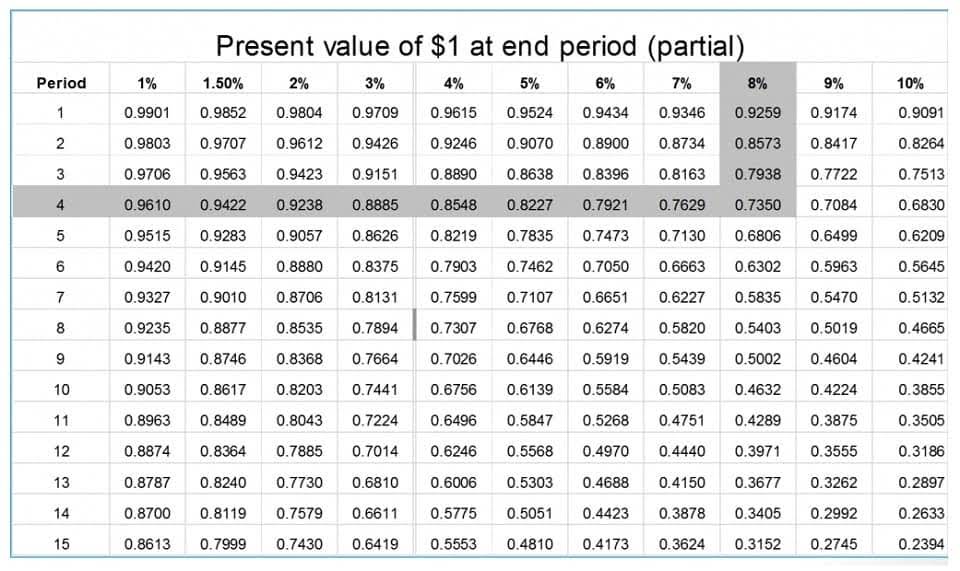Compared to people without a drinking problem, men and women who sought treatment for alcohol addiction had a higher prevalence of childhood trauma, research finds. Furthermore, the greater the abuse or neglect experienced, the more severe their drinking problem was. Therapy can help people who suffered as a child to address those challenges and develop healthier coping skills.
Effects of Alcoholism on Others
I’m endlessly proud of my degree, but if I’m being honest, I went back to school to sustain my drinking habits. It was my freshman year of college, and I remember feeling like it was the first time I had a reprieve from my anxiety. I spent up to $2,000 a month to fund a drinking habit that I believed was helping me. One of the biggest red flags is impaired social and occupational functioning, Koob says. When these add up, it’s time to reevaluate your relationship with alcohol. No matter where you’re headed or how long you’re staying there, it’s better to be safe than sorry.
Who is at risk for alcohol use disorder?
In this disorder, people can’t stop drinking, even when drinking affects their health, puts their safety at risk and damages their personal relationships. Studies show most people can reduce how much they drink drug use screening tests or stop drinking entirely. Binge drinking is a pattern of drinking alcohol that increases the BAC to 0.08 or higher. For adults, this is five or more drinks for men and four or more for women in two hours.
Behavioral treatments
The presence of this -OH group allows the alcohols to form hydrogen bonds with their neighbouring atoms. Secondary alcohols are those where the carbon atom of the hydroxyl group is attached to two alkyl groups on either side. The two alkyl groups present may be either structurally identical or even different.
Mutual Support Groups
People assigned female at birth (AFAB) should limit drinking to one drink a day. Heavy drinking in this population is four or more drinks a day or eight drinks a week. Secondary and tertiary alcohols can undergo an E1 reaction to form alkenes under acidic conditions. Since this reaction also removes a water molecule, chemists also call it a “dehydration reaction”. Primary alcohols can also undergo a dehydration reaction via an E2 mechanism, but with a much slower rate than secondary and tertiary alcohols. In a primary alcohol, the carbon with the OH group has 1 alkyl group attached to it.
Relapsing doesn’t mean that treatment has failed, though — it takes time to change behavior. You can work with a health professional to try new treatments that may work better for you. Alcohol use disorder is diagnosed on the basis of criteria defined in the fifth edition of the Diagnostic and Statistical Manual of Mental Disorders (DSM-5). The DSM is a guide that describes and classifies mental disorders, published and updated regularly by the American Psychiatric Association and used as a tool by medical professionals. The more familiar term “alcoholism” may be used to describe a severe form of AUD, but physicians, researchers, and others in the medical community tend not to use the word. To learn more about alcohol treatment options and search for quality care near you, please visit the NIAAA Alcohol Treatment Navigator.
The chance of developing any health problem is related to the genetic code we are born with. Just like some people have a greater risk of developing cardiovascular disease or cancer, others have a greater risk of developing an alcohol use disorder. A common initial treatment option for someone with an alcohol addiction is an outpatient or inpatient rehabilitation program. It can help someone handle withdrawal symptoms and emotional challenges.
Binge drinking and heavy drinking can increase your risk of an alcohol use disorder. Relapses are very common, especially in the first year of sobriety. Slips can be sleep drunkenness fueled by withdrawal symptoms, mental health challenges, and drug-related cues, such as spending time with old drinking partners or visiting old drinking locations.
Heavy drinking can fuel changes in the brain—about half of people who meet the criteria for alcoholism show problems with thinking or memory, research suggests. The ability to plan ahead, learn and hold information (like a phone number or shopping list), withhold responses as needed, and work with spatial information (such as using a map) can be affected. Brain structures can shift as well, particularly in the frontal lobes, which are key for planning, making decisions, and regulating emotions.
In addition to ongoing mental health support, enhancing an individual’s “recovery resources” is also important. Providing education, job training and employment connections, supportive housing, physical activity, and social integration in families and the community can all help individuals stay in remission. Research in animals shows that having more self-determination and control over one’s environment can help facilitate adaptive brain changes after ending substance use.
These changes increase the pleasurable feelings you get when you drink alcohol. For the first time in my life, I have money to put in savings each month, and I even started investing in a THC-infused drink brand. I haven’t adderall made any financial gains yet, but I feel passionate about supporting a brand that provides folks like me with a healthier alternative to alcohol. Saxon sees other parallels between alcohol use disorder and overeating.
Experts advise speaking with a healthcare professional to determine the best course of action. They can help you develop a game plan to work through alcohol use disorder and learn skills to prevent or recover from returning to drinking in the future. If you’re considering quitting alcohol, there are many benefits to consulting your healthcare professional about how to do so safely.
People who drink too much alcohol are at risk of developing a host of health conditions and disorders including certain types of cancer, liver disease, and heart disease. Excessive alcohol consumption can damage the brain and other organs, and it also increases the chances of developing sleep problems, depression, and other mental health problems. Alcohol can interfere with a person’s ability to care for their other medical conditions or make other medical conditions worse. AUD is a brain disorder and disease that occurs when people cannot stop or control their drinking despite adverse effects on relationships, work or school, finances, and overall health. Healthcare providers use the umbrella term “alcohol use disorder” to classify a wide range of problematic alcohol use, such as alcohol abuse, dependence, addiction, and severe alcohol use disorder (alcoholism).
Symptoms (which are typically experienced in addition to others caused by alcohol withdrawal) include delirium (confusion), high blood pressure, and agitation. Some people may be hesitant to seek treatment because they don’t want to abstain entirely. Moderation management or moderation treatment can be an effective approach, in which people learn responsible drinking habits through a structured program.
- Alcohol use disorder is the cause of 500 deaths every day from car crashes, organ failure, related cancers, and acute alcohol poisoning combined.
- However, it’s difficult to discern if drinking was the primary problem, or whether lifestyle choices such as diet and exercise influenced health outcomes as well.
- It’s important to note that since OH is a bad leaving group, the conversion of OH into a better leaving group is a required step in the mechanism of every alcohol substitution reaction.
- My mom called me one day about my credit card bill and said, “Do you have any idea how much you’re spending?” Admittedly, I didn’t.
- Scientific and medical progress notwithstanding, there is an epidemic of loneliness, depression, substance abuse, suicide, addiction, and social isolation among seniors.
It means on days when a person does drink, women do not have more than one drink and men do not have more than two drinks. People with alcohol use disorder (AUD) cannot control how much they need and desire alcohol and, as a result, consume it in amounts that can lead to severe health issues. Genetics may make some individuals more susceptible, but a person’s environment plays an important part. Alcoholism, now known as alcohol use disorder, is a condition in which a person has a desire or physical need to consume alcohol.














